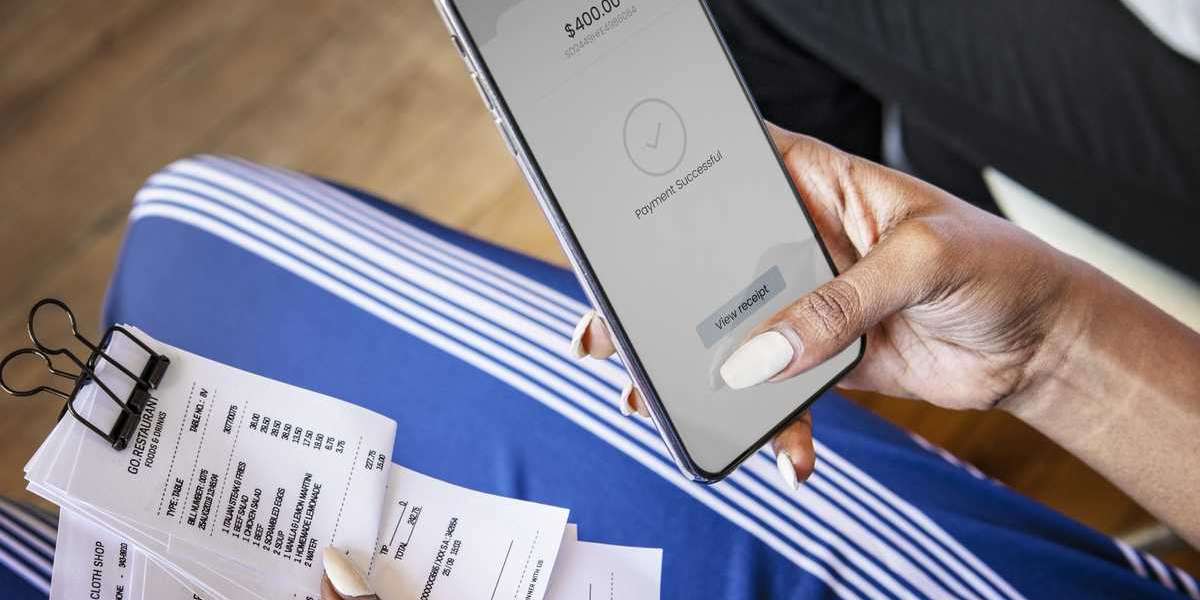A Tissue Bank connects the generosity of donors to the precision needs of surgeons, providing expertly processed allografts, rigorous documentation, and responsive support. For hospitals, ASCs, dental practices, and trauma teams, understanding what a Tissue Bank actually does—and how strong Donor Services elevate outcomes—helps you choose partners that keep cases on time, compliant, and patient-centered.
The Mission: From Gift to Graft
At its core, a Tissue Bank exists to honor the gift of donation while improving patients’ quality of life. That mission comes to life through tightly controlled processes: screening donors, recovering tissues, processing and validating grafts, and ensuring every unit is traceable from donor to recipient. Surrounding these technical steps is a culture of ethical stewardship—clear consent, donor family respect, and transparent communication—delivered through responsive Donor Services.
The Scope of a Tissue Bank (Clinician’s View)
A full-service Tissue Bank supports multiple specialties—Spine, Sports Medicine, General Orthopedics, Trauma, Dental, and Regenerative Medicine—so your team can standardize ordering, training, and documentation. Practically, your staff will experience this as dependable graft availability, quick answers from Donor Services, and documentation that satisfies compliance audits without scavenger hunts across systems.
The Tissue Lifecycle: Step by Step
1) Authorization Informed Consent
The journey begins with donor authorization and family consent. A responsible Tissue Bank ensures consent is specific, informed, and aligned with laws and standards. Donor Services teams coordinate with partners to confirm suitability and honor the donor’s wishes.
2) Donor Screening Medical/Social History
Next, medical records, lab tests, and social history are reviewed to assess risk. Robust workflows use multiple qualified reviewers and auditable decision trees. For clinicians, this upstream diligence translates to confidence in graft eligibility and fewer downstream surprises.
3) Recovery Transport
Trained recovery teams follow aseptic protocols and timing guidelines. Tissues are preserved and packaged for transport with temperature and chain-of-custody controls. Donor Services communicates status so your scheduling teams can plan realistically.
4) Processing Sterilization
Inside the Tissue Bank, tissues are processed to preserve biomechanical integrity and biological potential. Methods vary by graft type—cortical/cancellous bone, demineralized bone matrix (DBM), tendons, dermis, amniotic membrane, osteochondral plugs. Sterilization approaches are validated to achieve target sterility assurance levels (SAL) while balancing mechanical performance. Your clinicians should receive accessible validation summaries via Donor Services.
5) Packaging, Labeling Documentation
Each graft receives standardized labels (often with UDI) and a complete documentation packet: certificates, IFU, processing/sterility data, storage requirements, and traceability details. This is where a mature Donor Services program shines—making documents easy to retrieve and audit.
6) Storage, Distribution Case Support
Warehousing honors temperature and shelf-life requirements. Distribution aims for high fill rates and on-time delivery, with after-hours coverage for urgent cases. For add-on cases or unexpected size needs, Donor Services helps locate alternatives and manage substitutions with full documentation.
7) Post-Market Surveillance Quality
The lifecycle continues after implantation: complaint handling, CAPAs, field actions, and continuous improvement. When auditors ask for evidence, you should be able to pull traceability and quality data in minutes—not days—thanks to well-organized Donor Services portals and labels.
Safety Compliance: What You Should Expect
A Quality System You Can Trust
A trustworthy Tissue Bank operates under a rigorous quality system aligned to applicable regulations and standards. While clinicians don’t manage day-to-day audits, they feel the effects: consistent handling characteristics, predictable performance, and documentation that satisfies both clinical and administrative requirements. Donor Services should readily provide current registrations, accreditations, and recent audit highlights.
Donor Eligibility Processing Transparency
Clear donor eligibility criteria and processing descriptions help your care team understand what’s in the box—and why it behaves the way it does. For structural grafts and tendons, ask for biomechanical data; for DBM and amnion, request processing and compatibility details. A responsive Donor Services team will make this easy.
Traceability Recall Readiness
From donor to recipient, every step must be traceable. Expect scannable labels, lot/batch tracking, and fast retrieval of certificates. In rare recall situations, a Tissue Bank should demonstrate practiced readiness—rapid notifications, inventory pulls, and transparent follow-through—coordinated by Donor Services.
What’s in the Portfolio? Matching Grafts to Indications
A comprehensive Tissue Bank portfolio typically includes:
- Cortical and cancellous bone: structural support vs. porous scaffolding for fusion beds and defects.
- Corticocancellous blocks/wedges: balance of strength and biology, popular in foot ankle and dental ridge work.
- DBM (fibers, putty, paste): osteoinductive potential with moldability for irregular defects.
- Cellular bone allograft (CBA): matrices with viable cells for osteogenesis in challenging biology.
Tendon and ligament allografts
: sizes for ACL/PCL, shoulder stabilization, foot ankle repairs.- Acellular dermal matrix (ADM): soft-tissue reinforcement and coverage.
- Amniotic membrane: barriers and regenerative support for specific indications.
- Osteochondral allografts (OCA): fresh/fresh-stored plugs for cartilage restoration.
For each category, Donor Services should guide selection, sizing, hydration, and handling so your team works efficiently and avoids waste.
Technology Integration: Reduce Clicks, Reduce Risk
EMR Inventory Connectivity
Barcoded labels and UDI scanning reduce manual entry and transcription errors. A well-integrated Tissue Bank program captures implant details directly into your EMR and inventory systems, making audits, recalls, and case logs straightforward. Donor Services should support your specific platforms and provide exportable reports.
Digital Documentation Portals
Instead of emailing PDFs back and forth, expect a secure portal to retrieve IFUs, certificates, and lot histories on demand. This single source of truth saves time for OR managers, sterile processing, and compliance teams.
Logistics That Match Surgical Reality
Fulfillment Speed After-Hours Support
Your OR schedule doesn’t stop at 5 p.m. A high-reliability Tissue Bank offers after-hours coverage, emergency shipments, and clear ETAs. Donor Services should proactively communicate backorders and present alternatives by size and indication.
Cold Chain Storage Guidance
Where refrigeration or freezing is required, shipping containers and time-temperature indicators matter. On arrival, Donor Services should help your team verify storage conditions, rotate stock effectively, and set par levels that match your case mix.
Education Collaboration for the Whole Team
In-Service Training
New staff, rotating residents, and multi-site networks benefit from consistent training. Look for hands-on in-services, hydration practice for DBM/fibers, and guidance on label scanning and documentation. Donor Services should make education easy to schedule and repeat.
Clinical Consultation
Access to knowledgeable specialists—who understand both indication nuances and OR workflows—helps surgeons select the right graft the first time. Expect practical advice on mixing ratios, defect prep, fixation strategies, and graft combinations.
Ethical Stewardship: The Heart of the Work
A Tissue Bank must treat every donated tissue with respect, maintaining transparency from authorization through final use. Ethical Donor Services include donor-family communication initiatives, community engagement, and internal practices that reflect the gravity of the gift. For clinicians, partnering with organizations that live these values reinforces trust with patients and the public.
KPIs to Keep Your Program Accountable
Ask your Tissue Bank to share quarterly metrics via Donor Services:
- Fill rate backorder percentage by category/size
- On-time delivery and emergency fulfillment response times
- Documentation completeness (UDI scans, certificates, IFU access)
- Complaint/CAPA trends and time-to-closure
- Lot age distribution to minimize expirations and waste
These KPIs transform procurement into a continuous-improvement lever rather than a reactive chore.
Quick Checklist: Selecting the Right Tissue Bank
- Safety Quality: Clear donor eligibility, processing transparency, and accessible validation data.
- Traceability: End-to-end lot tracking with UDI and rapid document retrieval.
- Portfolio Fit: Breadth across spine, sports, trauma, dental, and regenerative needs.
- Logistics: After-hours coverage, emergency fulfillment, and reliable cold chain.
- Integration: EMR/inventory scanning and a robust documentation portal.
- Education: In-services, hydration guidance, and clinical consults on demand.
- Ethics Culture: Demonstrated stewardship and respect for donors and families.
- Donor Services Strength:** Proactive communication, single point of contact, and clear escalation paths.
FAQ: Tissue Bank Donor Services
Q1: How is a Tissue Bank different from an organ procurement organization (OPO)?
An OPO focuses on organ recovery and allocation for immediate transplantation, while a Tissue Bank specializes in recovering, processing, validating, storing, and distributing tissues (bone, soft tissue, dermis, amnion) for scheduled and urgent procedures, supported by comprehensive Donor Services.
Q2: What documentation should I capture in the EMR for each graft?
At minimum: UDI/lot, product description/size, IFU confirmation, certificates of compliance/processing/sterility, storage conditions (if applicable), and installer information. A strong Donor Services portal streamlines this.
Q3: Does sterilization reduce graft strength?
It can, depending on the method and dose. A mature Tissue Bank provides validation data showing mechanical performance post-processing so surgeons can make informed choices. Donor Services should supply the exact summaries you need for audits and case planning.
Q4: How fast should a Tissue Bank fill urgent orders?
For trauma and add-on cases, look for after-hours availability and defined emergency shipment policies. Reliable Donor Services teams communicate realistic timelines and alternatives when the exact size is unavailable.
Q5: What storage pitfalls should teams avoid?
Mismatched temperatures, opening too early before implantation, and failing to rotate stock by expiration date. Your Tissue Bank should coach your team on storage discipline, and Donor Services can tune par levels to your procedure mix.
Bringing It All Together (and How to Reach Us)
A dependable Tissue Bank is more than a supplier—it’s a clinical partner that safeguards safety, delivers documentation on command, and keeps your OR running smoothly through responsive Donor Services. If you’re ready to align with a team built around honoring the gift of donation and supporting real-world surgical needs, connect with Pinnacle Transplant Technologies at (623) 277-5400, visit pinnacletransplant.com, or stop by 125 W Pinnacle Peak Rd STE 1, Phoenix, AZ 85027 to discuss your case mix, stocking strategy, and documentation goals.



